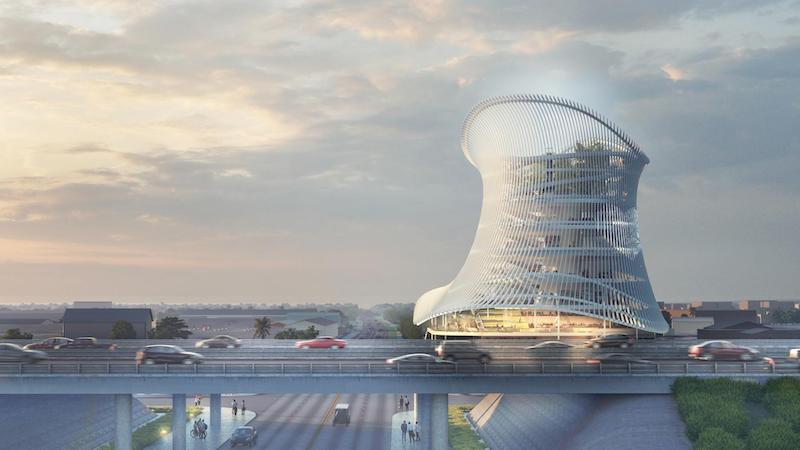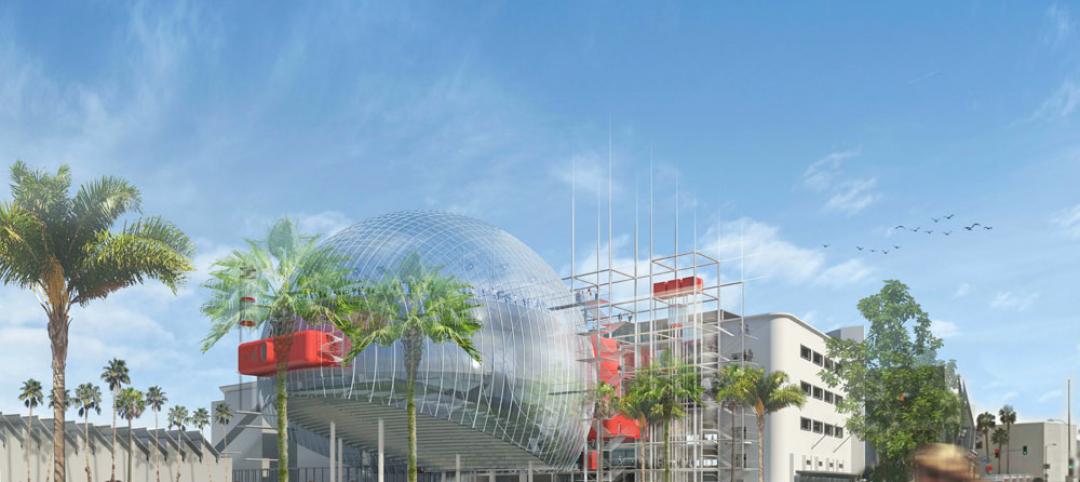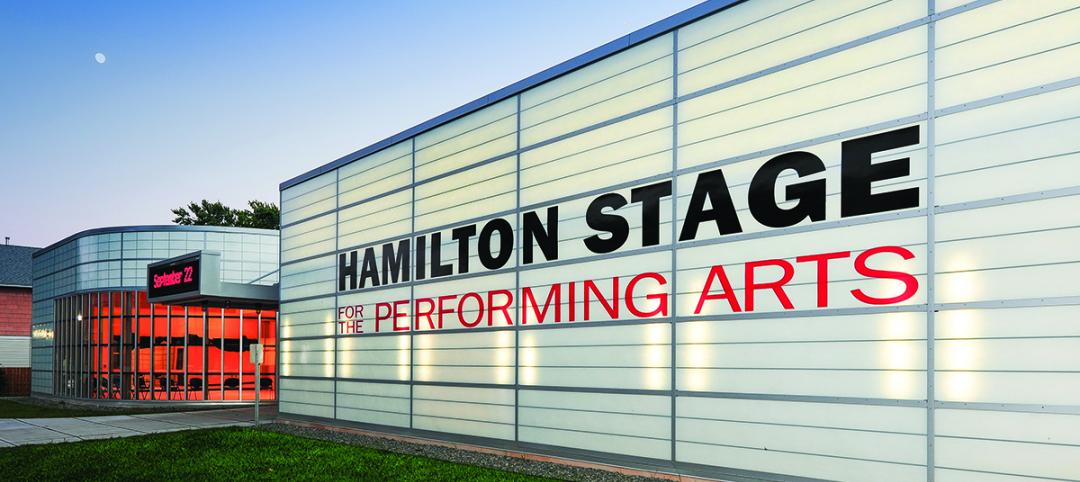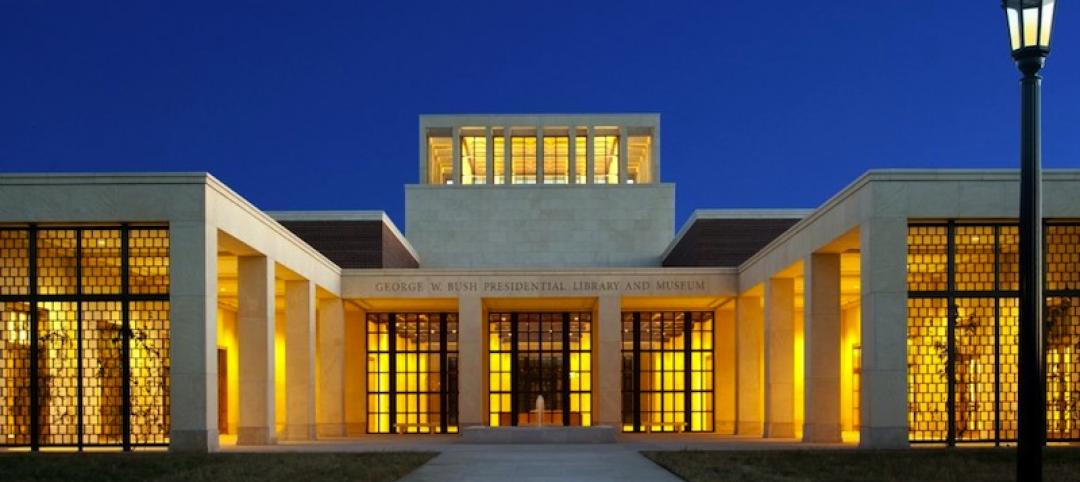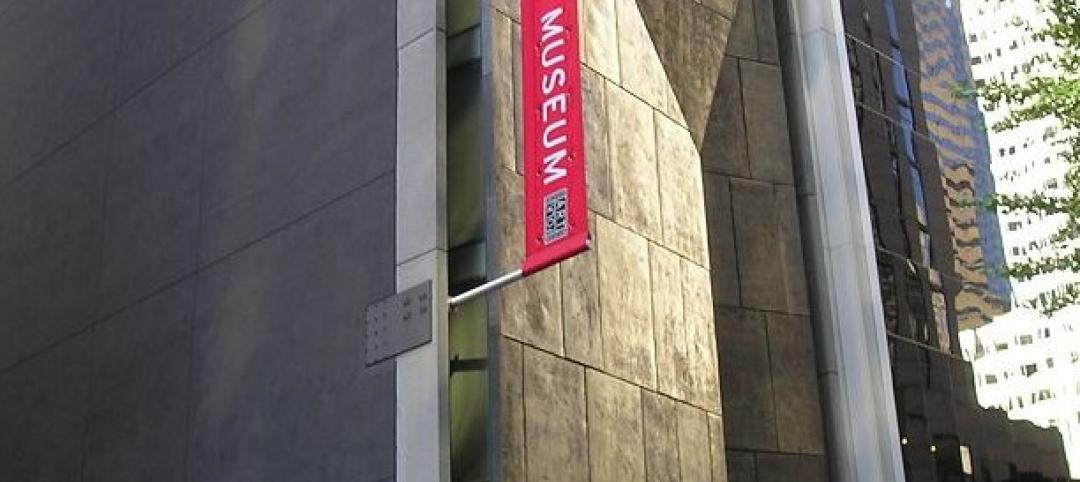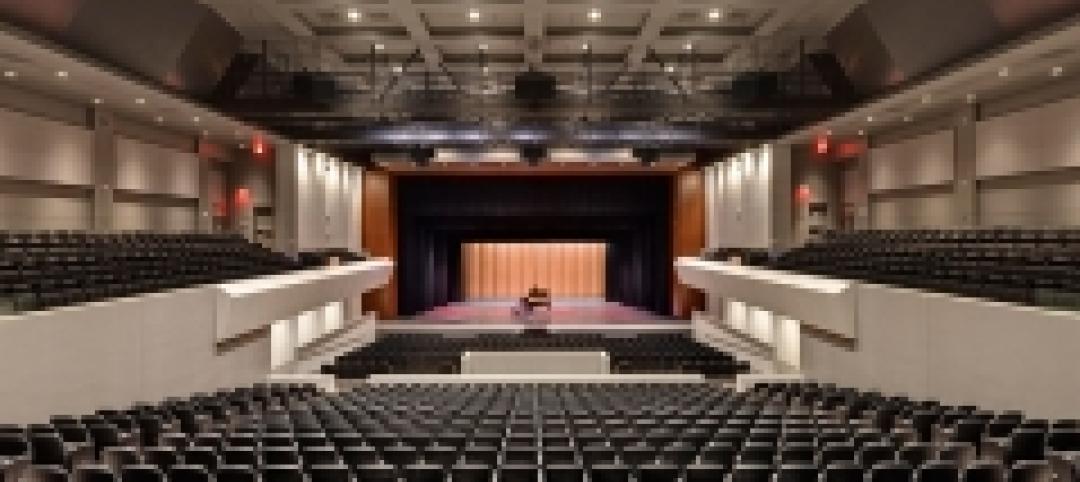After a seven month design competition that comprised 68 entries and six shortlisted designs, the onePULSE Foundation (a nonprofit established by the owner of the Pulse nightclub after the mass shooting that took place) has selected Coldefy & Associés’ design for a permanent memorial and museum.
The multi-level, open-air structure features a shallow reflecting pool that surrounds the original Pulse nightclub building. A palette of 49 colors, for the 49 victims of the shooting, lines the reflecting pool basin and radiates towards the public spaces and the reflecting pool leads to an outdoor garden planted with 49 trees. An adjacent space is dedicated to gathering and celebration.
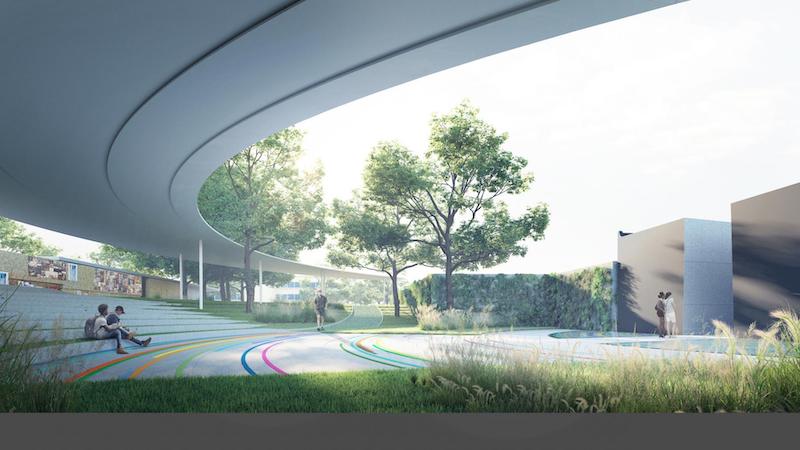
The renewed West Kaley street provides a shaded connection to the new museum, which rises “like a budding flower” and signals the entrance to the Pulse district. Vertical gardens and public plazas create new community spaces and a rooftop promenade offers views of the memorial and the entire surrounding district.
See Also: A watchtower in Harlem, once a firefighter’s lookout, is restored as a landmark
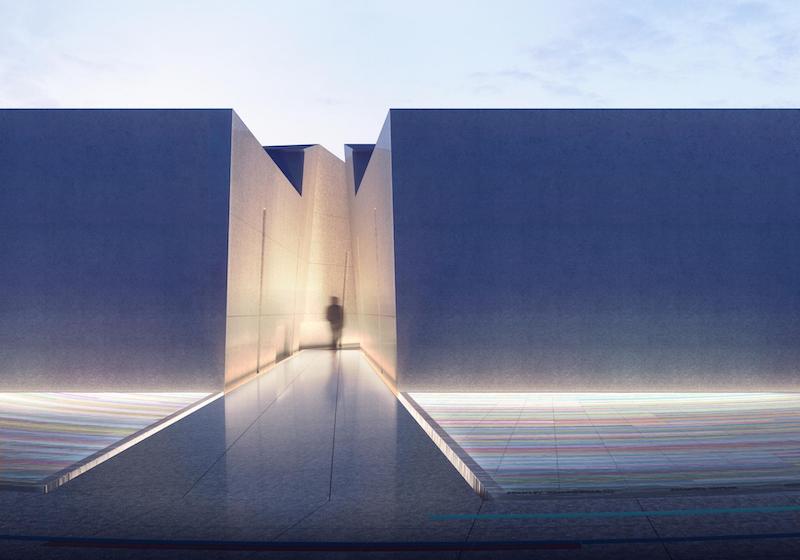
A Survivors Walk on Orange Avenue leads from the memorial towards downtown and features interactive sculptures commemorating all those affected by the tragedy. In the future, promenades, bike paths, and a Pulse shuttle will connect to the train station and create walkable loops that will help spark the future growth of the neighborhood.
The entire project team consists of Coldefy & Associés with RDAI, HHCP Architects, Xavier Veilhan, dUCKS scéno, Agence TER, and Prof. Laila Farah.
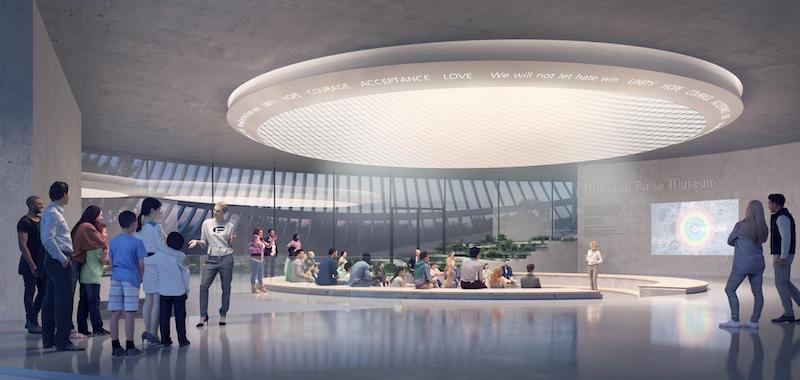

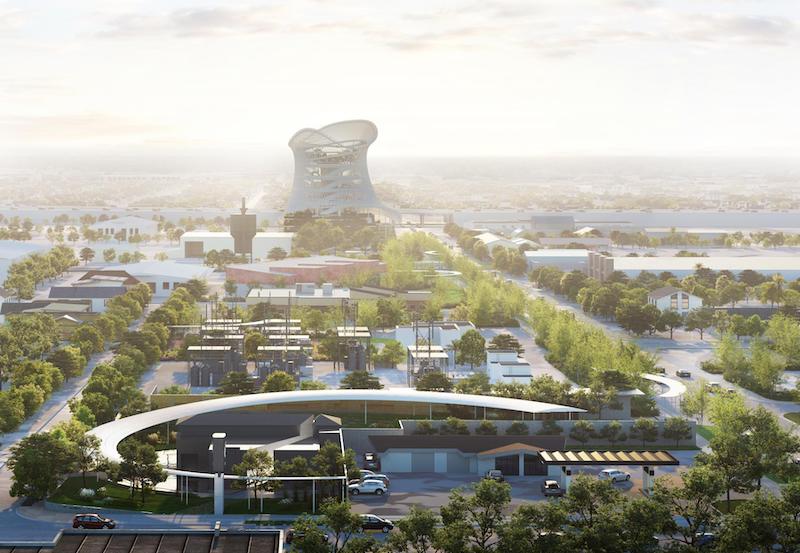
Related Stories
| Apr 17, 2013
First look: Renzo Piano's glass-domed motion pictures museum
The Academy of Motion Picture Arts and Sciences last week released preliminary plans for its $300 million Academy of Motion Picture Arts and Sciences museum in Los Angeles, designed by Renzo Piano and local architect Zoltan Pali.
| Apr 16, 2013
5 projects that profited from insulated metal panels
From an orchid-shaped visitor center to California’s largest public works project, each of these projects benefited from IMP technology.
| Apr 12, 2013
Nation's first 'food forest' planned in Seattle
Seattle's Beacon Food Forest project is transforming a seven-acre lot in the city’s Beacon Hill neighborhood into a self-sustaining, edible public park.
| Apr 12, 2013
Chicago rail conversion puts local twist on High Line strategy
Plans are moving forward to convert an unused, century-old Chicago rail artery to a 2.7 mile, 13 acre recreational facility and transit corridor.
| Apr 11, 2013
George W. Bush Presidential Center achieves LEED Platinum certification
The George W. Bush Presidential Center announced today it has earned Platinum certification by the U.S. Green Building Council’s Leadership in Energy and Environmental Design program. The Bush Center is the first presidential library to achieve LEED Platinum certification under New Construction.
| Apr 11, 2013
American Folk Art Museum, opened in 2001, to be demolished
Just 12 years old, the museum designed by Tod Williams and Billie Tsien will be taken down to make way for MoMA expansion.
| Apr 5, 2013
Snøhetta design creates groundbreaking high-tech library for NCSU
The new Hunt Library at North Carolina State University, Raleigh, incorporates advanced building features, including a five-story robotic bookBot automatic retrieval system that holds 2 million volumes in reduced space.
| Apr 2, 2013
6 lobby design tips
If you do hotels, schools, student unions, office buildings, performing arts centers, transportation facilities, or any structure with a lobby, here are six principles from healthcare lobby design that make for happier users—and more satisfied owners.


